Home>diy>Building & Construction>How To Become A BIM Technician


Building & Construction
How To Become A BIM Technician
Modified: February 25, 2024
Learn the step-by-step process to become a skilled BIM Technician in the field of building construction. Gain expertise in building information modeling for a successful career.
(Many of the links in this article redirect to a specific reviewed product. Your purchase of these products through affiliate links helps to generate commission for Storables.com, at no extra cost. Learn more)
Introduction
Welcome to the world of building information modeling (BIM) and the role of a BIM technician. In the modern age of construction, the use of advanced technology has drastically transformed the way we design, construct, and manage buildings. BIM has emerged as a vital tool that revolutionizes the entire construction process, enabling professionals to efficiently collaborate, analyze, and visualize projects in a virtual environment.
A BIM technician plays a crucial role in this process, working closely with architects, engineers, and project managers to create and maintain the digital models that capture the complete lifecycle of a building. From the initial design and conception to the construction and facility management stages, a BIM technician ensures that all project stakeholders have the accurate and up-to-date information they need to make informed decisions.
So, if you have a passion for construction and an aptitude for technology, becoming a BIM technician may be an exciting career path to explore. In this article, we will delve into the skills and qualifications required, educational requirements, software proficiency, job responsibilities, and the professional development opportunities available for aspiring BIM technicians.
Whether you are just starting your career or looking to expand your knowledge, this comprehensive guide will provide you with valuable insights into the world of BIM and help you take the first steps towards becoming a proficient BIM technician.
Key Takeaways:
- BIM technicians play a vital role in the construction industry by creating and managing digital models that drive the BIM workflow, requiring a combination of technical skills, construction knowledge, and continuous professional development.
- The job outlook for BIM technicians is promising, with competitive salaries and increasing demand driven by the expanding adoption of BIM technology in construction and infrastructure projects. Continuous skill development and adaptability are key to long-term success in this dynamic field.
Read more: How To Become A HVAC Technician
What is a BIM Technician?
A BIM technician is a construction professional responsible for creating, managing, and maintaining the digital models used in building information modeling (BIM). BIM technicians work in collaboration with architects, engineers, and other stakeholders to develop and oversee the implementation of BIM processes throughout the lifecycle of a construction project.
Using specialized software, a BIM technician translates 2D architectural and structural designs into 3D models that incorporate a wealth of data and information. These models contain detailed information about the building components, such as dimensions, material specifications, construction sequencing, and cost estimates. Additionally, BIM technicians ensure that the digital models are accurate and comply with industry standards and regulations.
One of the key roles of a BIM technician is to facilitate effective communication and collaboration between different project stakeholders. They serve as a central point of contact for accessing and updating the digital models, ensuring that all team members have real-time access to the most current information. This helps minimize errors, streamline decision-making processes, and enhance overall project efficiency.
Additionally, BIM technicians may also be involved in conducting clash detection analysis, which involves identifying and resolving clashes or clashes between various building components. This helps prevent potential conflicts or errors during the construction phase, resulting in cost and time savings.
In summary, a BIM technician is an integral part of the construction process, responsible for creating and managing the digital models that enable seamless collaboration, accurate information sharing, and efficient project management. Their expertise in BIM software and construction knowledge allows them to bridge the gap between design and construction, ensuring that the project progresses smoothly from start to finish.
Skills and Qualifications
To excel as a BIM technician, it is important to possess a combination of technical skills, construction knowledge, and personal qualities. Here are some key skills and qualifications that are essential for success in this role:
Technical Skills:
- BIM software proficiency: A BIM technician should have a solid understanding of BIM software platforms such as Autodesk Revit, Navisworks, and Bentley MicroStation. Proficiency in these tools allows them to create, modify, and analyze complex 3D models efficiently.
- 2D and 3D drafting: Strong drafting skills are essential for accurately translating 2D designs into detailed 3D models. A BIM technician should be proficient in creating and modifying drawings using software such as AutoCAD.
- Clash detection and coordination: Familiarity with clash detection software, such as Autodesk Navisworks, is crucial for identifying and resolving clashes between various building components to minimize errors and conflicts.
- Quantification and cost estimation: A BIM technician should have the ability to extract quantities and generate accurate cost estimates from the BIM models. Proficiency in software like Autodesk Quantity Takeoff can be advantageous.
Construction Knowledge:
- Understanding of construction processes: A strong understanding of construction methods, materials, and techniques is critical for effectively translating design intent into practical BIM models.
- Building codes and regulations: Familiarity with local building codes and regulations is essential for ensuring that the BIM models comply with the required standards.
- Structural and MEP (Mechanical, Electrical, Plumbing) knowledge: A basic understanding of structural and MEP systems can facilitate better coordination and integration of these components in the BIM models.
Read more: How To Become A Plumbing Technician
Personal Qualities:
- Attention to detail: Being meticulous and paying close attention to detail is crucial for creating accurate and error-free BIM models.
- Problem-solving skills: BIM technicians need to be adept at identifying and resolving issues that may arise during the modeling and coordination processes.
- Communication and collaboration: Strong communication skills are essential for effectively collaborating with different project stakeholders and conveying complex information in a clear and concise manner.
- Adaptability: The ability to adapt to changing project requirements and learn new software tools is important in the dynamic field of BIM.
By acquiring these skills and qualifications, aspiring BIM technicians can position themselves for success in this rapidly evolving field. It is important to continue developing these skills and staying updated with the latest advancements in BIM technology to remain competitive in the industry.
Educational Requirements
While there are no specific educational requirements to become a BIM technician, a strong educational background in a related field can be advantageous. Typically, a degree or diploma in architecture, engineering, construction management, or a closely related discipline is preferred by employers.
A bachelor’s degree in architecture or engineering provides a solid foundation in design principles, construction methods, and building systems. These programs often include coursework in computer-aided design (CAD) and may offer specialized courses in BIM technology.
In addition to formal education, there are various certifications and training programs available that focus specifically on BIM. These programs can be valuable for gaining specialized knowledge and skills in BIM software and processes. Some well-known certifications include the Autodesk Certified Professional (ACP) and the Building Construction Technology BIM certificate offered by the Building Construction Technology department of a university or college.
While formal education is important, it is worth noting that hands-on experience and proficiency in BIM software are equally valued by employers. Practical experience gained through internships or entry-level positions can provide valuable exposure to real-world projects and enhance your understanding of BIM processes.
It is also important to stay updated with the latest advancements in BIM technology and industry trends. Online courses, webinars, and industry conferences can provide opportunities for continuous learning and professional development.
Ultimately, while a formal degree is not always a requirement, a solid educational foundation coupled with hands-on experience and a commitment to ongoing learning can greatly enhance your prospects as a BIM technician.
Software Proficiency
As a BIM technician, proficiency in various software tools is essential to effectively create, manage, and manipulate the digital models used in building information modeling. Here are some of the key software platforms and tools that a BIM technician should have proficiency in:
BIM Authoring Software:
- Autodesk Revit: Revit is one of the most widely used BIM authoring software in the industry. It enables users to create detailed 3D models that incorporate building elements, construction sequencing, and other data.
- Bentley MicroStation: MicroStation is another popular BIM authoring tool that allows for the creation of intelligent 3D models and the integration of various design disciplines.
Read more: How To Become A CAD Technician
Clash Detection and Coordination:
- Autodesk Navisworks: Navisworks is a clash detection software that enables BIM technicians to identify clashes and conflicts between different building components and coordinate the various disciplines involved in a construction project.
Quantity Takeoff and Estimation:
- Autodesk Quantity Takeoff: Quantity Takeoff is a software tool that helps BIM technicians extract quantities from the BIM model and generate accurate cost estimates for different construction components.
Visualization and Rendering:
- Autodesk 3ds Max: 3ds Max allows BIM technicians to create high-quality visualizations and renderings to present the design and construction intent to clients and other stakeholders.
- Lumion: Lumion is a popular visualization software that offers a user-friendly interface and real-time rendering capabilities, making it an ideal tool for creating visually stunning presentations.
Collaboration and Project Management:
- BIM 360: BIM 360 is a cloud-based collaboration platform that allows for real-time sharing and tracking of project information among team members. It facilitates streamlined communication and coordination in a BIM project.
- ProjectWise: ProjectWise is a comprehensive project management software that helps BIM technicians manage documents, control revisions, and enhance collaboration throughout the project lifecycle.
It is important for BIM technicians to remain updated with the latest versions of these software tools and stay abreast of new releases and features. Continuous learning and skill development in software proficiency will greatly enhance the efficiency and productivity of BIM technicians in their day-to-day tasks.
Read more: How To Become A BIM Manager
Understanding Building Information Modeling (BIM)
Building Information Modeling (BIM) is a collaborative and data-driven process that involves the creation and management of digital representations of a building or infrastructure project. BIM allows professionals from different disciplines to work together and share information in a coordinated and integrated manner throughout the entire life cycle of a project.
At its core, BIM is a 3D modeling approach that goes beyond traditional 2D design methods. It provides a digital representation of a building, incorporating intelligent data attributes and detailed information about the various components that make up the project. Rather than representing individual drawings or files, BIM encompasses the entire project scope, including architectural, structural, mechanical, electrical, and plumbing (MEP) systems.
BIM provides a wealth of benefits to the construction industry, including:
- Improved design coordination: BIM enables all project stakeholders to visualize and analyze the building model in a collaborative environment, reducing conflicts and ensuring better design coordination.
- Efficient project management: BIM facilitates the scheduling, sequencing, and phasing of construction activities, allowing for better project management and resource allocation.
- Enhanced communication: With a shared digital model, project teams can communicate and exchange information more effectively, reducing errors and misunderstandings.
- Increased accuracy and productivity: BIM integrates accurate data and allows for real-time updates, reducing rework and increasing overall productivity throughout the construction process.
- Cost and time savings: By simulating and analyzing construction sequences and clash detection, BIM helps identify and resolve issues before they occur, minimizing costly changes during construction.
- Facility management and maintenance: BIM models can be used throughout the building’s life cycle, providing valuable information for maintenance and facility management.
It is important for BIM technicians to have a deep understanding of the BIM process and the associated workflows. They should be familiar with industry standards such as the National BIM Standard (NBIMS) and specific project requirements to ensure accurate information exchange and collaboration.
As technology continues to evolve, BIM is becoming increasingly integrated with other emerging technologies such as artificial intelligence (AI), virtual reality (VR), and augmented reality (AR). BIM technicians need to stay updated with these advancements and be ready to adapt to new tools and methodologies as they emerge.
In summary, BIM is a transformative approach to construction project management that enhances collaboration, improves efficiency, and reduces costs. BIM technicians play a crucial role in implementing and maintaining the digital models that drive the BIM process, enabling seamless communication and coordination among project teams.
Job Responsibilities
As a BIM technician, you will have a range of important responsibilities to ensure the successful implementation and utilization of building information modeling throughout a construction project. Here are some key job responsibilities you can expect in this role:
- Create and manage BIM models: BIM technicians are responsible for developing and maintaining the digital models that accurately represent the building design and construction process. This includes creating 3D models, integrating design disciplines, and incorporating relevant data and information.
- Coordinate with project stakeholders: BIM technicians collaborate with architects, engineers, contractors, and other professionals to ensure that all project stakeholders have access to accurate and up-to-date BIM models. They facilitate communication, gather input, and address any coordination issues that may arise.
- Perform clash detection analysis: BIM technicians conduct clash detection analysis to identify interferences and conflicts between different building components. They work to resolve these clashes and optimize the coordination and integration of various systems.
- Generate construction documents: BIM models are utilized to generate construction documents such as drawings, schedules, and specifications. BIM technicians play a vital role in preparing these documents for communication and execution on the construction site.
- Extract quantities and generate reports: BIM technicians extract quantities of materials and generate reports for estimating, procurement, and cost control purposes. They utilize BIM models to accurately quantify building elements and produce detailed reports.
- Support project teams: BIM technicians assist project teams by providing technical support, troubleshooting issues, and offering guidance on BIM processes and software. They help team members understand and navigate the BIM models to enhance collaboration and productivity.
- Maintain BIM standards and best practices: BIM technicians ensure that BIM models conform to industry standards and best practices, such as the proper use of naming conventions, file organization, and effective data management. They may also help develop and implement company-specific BIM standards and workflows.
- Stay updated with technology and trends: BIM is a rapidly evolving field with constant advancements in software and technology. BIM technicians need to continuously update their knowledge, stay informed about new tools and methodologies, and adapt to emerging trends in the industry.
Being a BIM technician requires a strong attention to detail, excellent problem-solving skills, and effective communication abilities. You will be working on multiple projects simultaneously and collaborating with a diverse range of professionals, so strong organizational and teamwork skills are also essential.
By fulfilling these job responsibilities diligently, BIM technicians contribute to the overall success of a construction project by ensuring accurate information exchange, minimizing conflicts and errors, and enhancing collaboration among project stakeholders.
Collaboration and Communication Skills
As a BIM technician, strong collaboration and communication skills are integral to your success in this role. Building Information Modeling (BIM) is a collaborative process that involves working closely with architects, engineers, contractors, and other stakeholders to create and manage digital models. Here are some key collaboration and communication skills that are essential for BIM technicians:
Effective Communication:
Clear and concise communication is key when working with different project stakeholders. BIM technicians need to effectively convey their ideas, understand project requirements, and communicate technical information to team members who may not have a deep understanding of BIM processes. They should be able to explain complex concepts in a way that is easily understood by all parties involved.
Active Listening:
An important aspect of effective communication is active listening. BIM technicians must listen carefully to project requirements, client feedback, and team members’ suggestions. They should be open to different perspectives and be able to incorporate feedback into the project efficiently.
Collaborative Mindset:
Collaboration is at the heart of BIM. BIM technicians need to be team players, willing to collaborate and work with professionals from different disciplines. They should be open to sharing ideas, seeking input from others, and valuing the contributions of their colleagues.
Interdisciplinary Understanding:
To effectively collaborate with professionals from different disciplines, BIM technicians need to have a basic understanding of architecture, engineering, construction, and other related fields. This knowledge helps them communicate and coordinate effectively with team members and allows for better integration and collaboration throughout the project.
Problem Solving:
Collaboration often involves resolving conflicts and finding solutions to complex problems. BIM technicians need to be adept at identifying issues, whether they are coordination clashes or technical challenges, and proposing effective solutions. They should have strong problem-solving skills to address issues promptly and keep the project moving forward.
Read more: What Is BIM?
Adaptability:
BIM projects can be dynamic and may require adjustments and changes. BIM technicians should be adaptable and flexible in their approach, as project requirements and stakeholder needs may evolve throughout the project lifecycle. They should be able to adapt to changes in software, project scope, or construction methodologies without compromising quality or project efficiency.
Collaboration Tools:
BIM technicians should be proficient in using collaboration tools and platforms that facilitate communication and information sharing among team members. This includes utilizing cloud-based platforms, project management software, and file sharing systems to ensure seamless collaboration throughout the project.
Developing and honing these collaboration and communication skills will not only enhance your effectiveness as a BIM technician but also contribute to the overall success of the project. By promoting open and effective communication, you can foster a collaborative environment where ideas can be openly shared, issues can be addressed promptly, and project success can be achieved.
Professional Development and Certifications
Continuing professional development is crucial for BIM technicians to stay current with the latest advancements in technology, software, and industry practices. It allows them to enhance their skills, expand their knowledge base, and remain competitive in the ever-evolving field of Building Information Modeling (BIM).
Industry Certifications:
Obtaining industry-recognized certifications can greatly enhance the credibility and marketability of a BIM technician. Some of the notable certifications in the BIM field include:
- Autodesk Certified Professional (ACP): This certification validates the proficiency in specific Autodesk software, such as Revit, Navisworks, and AutoCAD, which are commonly used in BIM workflows.
- Building Construction Technology BIM Certificate: Offered by various universities and colleges, this certificate program provides a comprehensive understanding of BIM processes, software, and project management principles.
Read more: What Is A BIM Coordinator?
Webinars and Workshops:
Attending webinars, workshops, and industry conferences is a great way to stay updated with the latest industry trends and advancements in BIM technology. These events provide opportunities to learn from industry experts, gain insights into best practices, and network with other professionals in the field.
Online Courses and Training:
There are numerous online courses and training programs available that focus on various aspects of BIM, ranging from software-specific training to more advanced topics such as BIM coordination and clash detection. These courses offer the flexibility to learn at your own pace and provide practical knowledge that can be immediately applied in the workplace.
Join Professional Associations:
Joining professional associations and organizations related to BIM can offer valuable resources and networking opportunities. Associations such as the BuildingSMART alliance, National Institute of Building Sciences (NIBS), and the BIM Forum provide access to industry publications, research papers, and events that keep professionals updated on the latest advancements in BIM.
Personal Projects and Research:
Engaging in personal BIM projects and conducting research can also contribute to professional development. By undertaking personal projects, such as creating BIM models or exploring new software tools, you can enhance your skills and gain practical experience. Additionally, conducting research on emerging BIM technologies and methodologies can keep you at the forefront of the industry.
Read more: How To Be A Good HVAC Technician
Mentorship and Peer Learning:
Seeking mentorship from experienced BIM professionals or engaging in peer learning can be valuable for professional development. Learning from those who have a wealth of experience in the field can provide guidance, insights, and real-world perspectives that can accelerate your growth as a BIM technician.
Remember, professional development is an ongoing process. By dedicating time and resources to continuous learning, acquiring relevant certifications, and actively participating in industry events, you can elevate your skills, expand your network, and position yourself as a knowledgeable and sought-after BIM technician.
Salary and Job Outlook
The demand for skilled Building Information Modeling (BIM) technicians has been steadily increasing, driven by the adoption of BIM technology in the construction industry. As BIM continues to revolutionize the way projects are designed, constructed, and managed, the job outlook for BIM technicians remains positive.
Salary:
The salary of a BIM technician can vary based on factors such as experience, location, industry, and company size. However, on average, BIM technicians can expect competitive salaries. According to data from various sources, the median annual salary for BIM technicians typically ranges from $50,000 to $80,000. Those with more experience or specialized skills may earn salaries on the higher end of the scale. Additionally, individuals holding certifications such as the Autodesk Certified Professional designation may command higher salaries.
Job Outlook:
The job outlook for BIM technicians is promising, as the construction industry continues to recognize the value and benefits of BIM technology. BIM is becoming a standard requirement for many construction projects, leading to an increased demand for skilled professionals who can effectively implement and manage BIM processes.
BIM technicians are sought after by architectural and engineering firms, construction companies, and even government agencies involved in infrastructure projects. Their expertise in BIM software, coordination, and data management makes them indispensable in a variety of roles, including BIM coordinators, modelers, coordinators, and managers.
Furthermore, the expanding adoption of BIM technology in infrastructure projects, such as highways, bridges, and utilities, presents new opportunities for BIM technicians to apply their skills beyond traditional building projects.
It is important to note that staying up-to-date with emerging BIM technologies, software proficiency, and specialized skills such as 4D and 5D BIM will highly increase job opportunities and earning potential. As the industry evolves, BIM technicians who continue to develop their skills and adapt to new technologies and methodologies will have a competitive edge in the job market.
In summary, the salary prospects for BIM technicians are competitive and the job outlook is promising. With the increasing adoption of BIM technology, there is a growing need for skilled professionals who can effectively implement, manage, and leverage BIM processes. By continuously enhancing their skills and staying updated with industry trends, BIM technicians can position themselves for long-term success in this dynamic and evolving field.
Read more: What Is A Floor Technician
Conclusion
Building Information Modeling (BIM) has transformed the construction industry, revolutionizing the way projects are designed, constructed, and managed. As a BIM technician, you play a crucial role in this process, creating and managing the digital models that drive the BIM workflow.
To excel as a BIM technician, it is important to possess technical skills in BIM software, drafting, clash detection, and quantity takeoff. Additionally, having a strong understanding of construction processes, building codes, and interdisciplinary knowledge is vital for effective coordination and collaboration with project stakeholders.
Continuous professional development is essential in the field of BIM. Obtaining certifications, attending webinars and workshops, participating in online courses, and engaging in personal projects will help you stay updated and enhance your skills. Joining professional associations and seeking mentorship can also provide valuable resources and networking opportunities.
The salary prospects for BIM technicians are competitive, and the job outlook is promising. The demand for skilled professionals in this field is expected to grow as the adoption of BIM technology continues to expand in the construction industry.
In conclusion, becoming a BIM technician offers exciting opportunities for those with a passion for construction and technology. By acquiring the necessary skills, staying updated with industry trends, and continuously developing your expertise, you can thrive in this dynamic field and contribute to the successful implementation of BIM processes in construction projects.
So, if you’re ready to embark on a rewarding career that combines your construction knowledge with cutting-edge technology, becoming a BIM technician might just be the path for you.
Frequently Asked Questions about How To Become A BIM Technician
Was this page helpful?
At Storables.com, we guarantee accurate and reliable information. Our content, validated by Expert Board Contributors, is crafted following stringent Editorial Policies. We're committed to providing you with well-researched, expert-backed insights for all your informational needs.
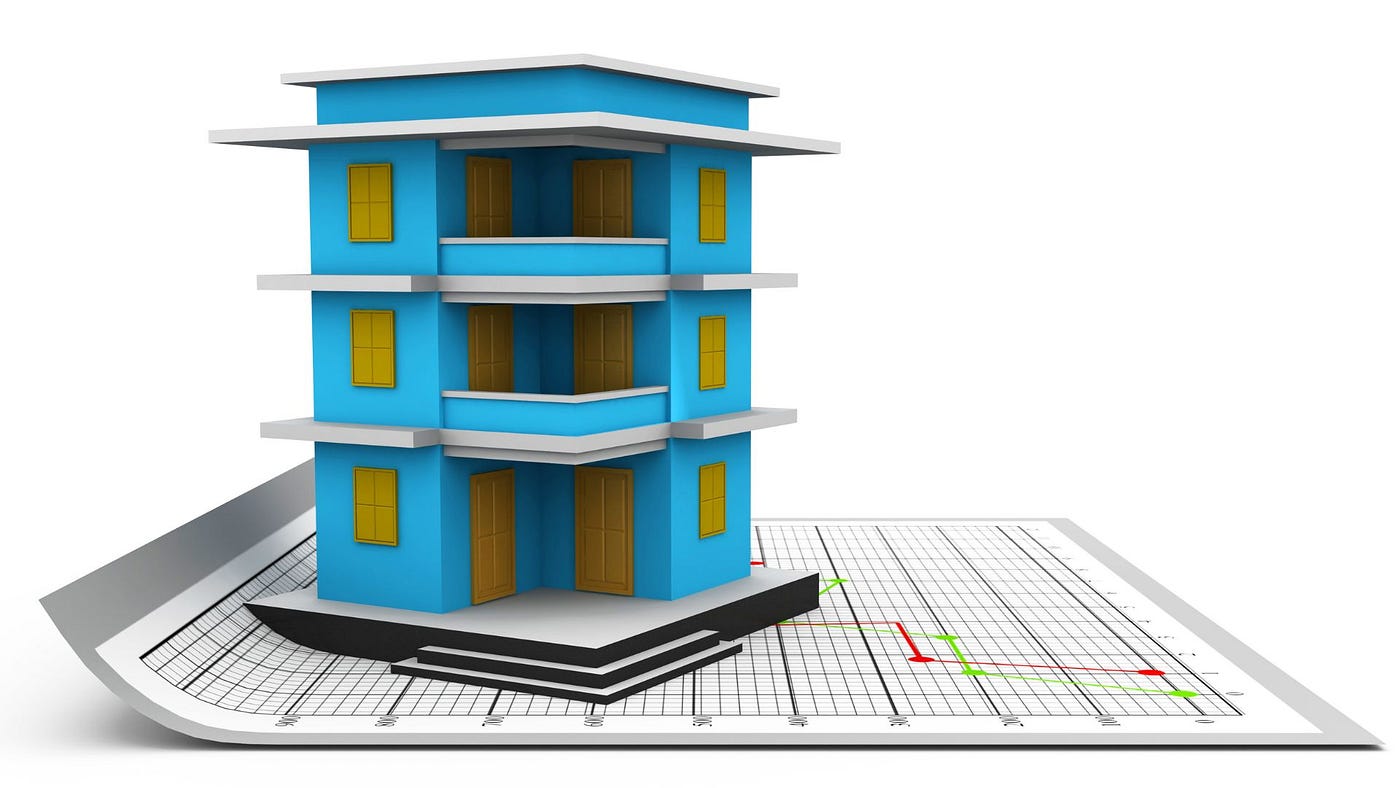
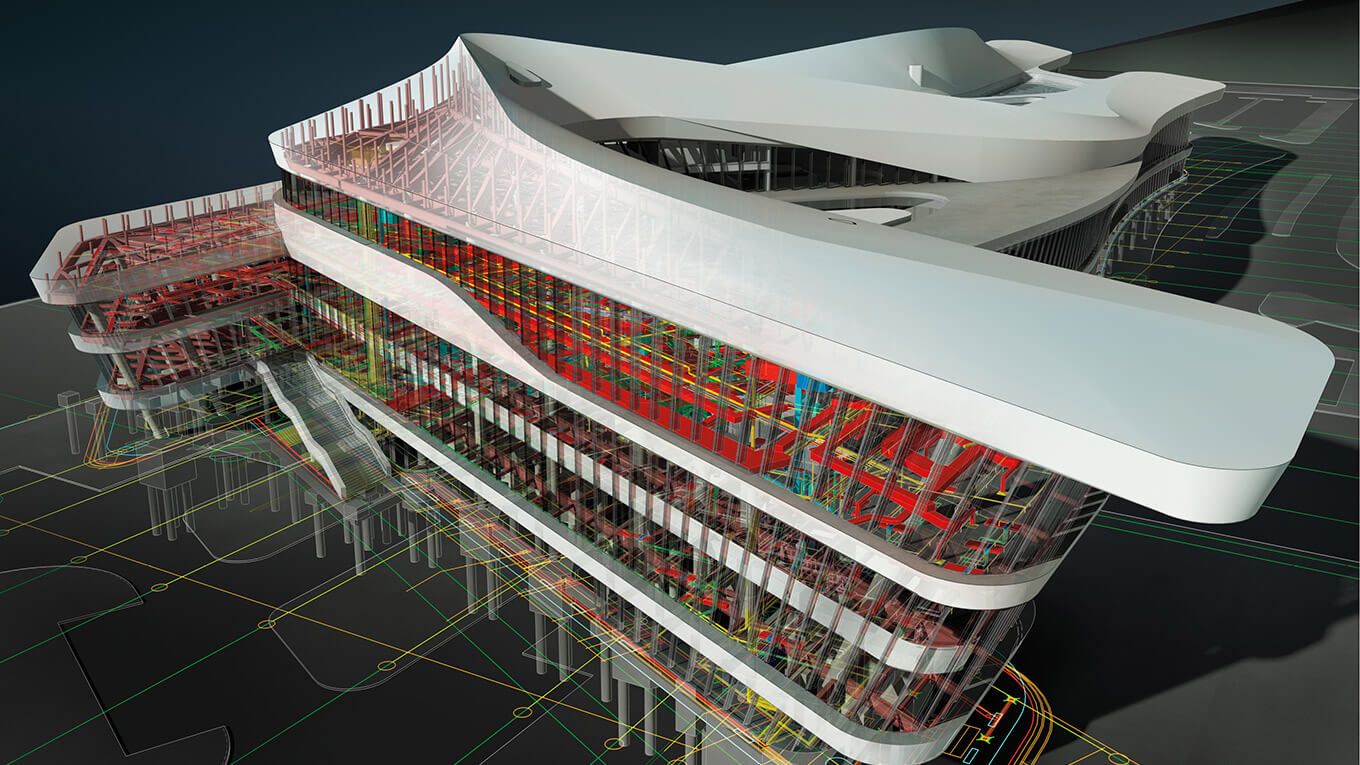
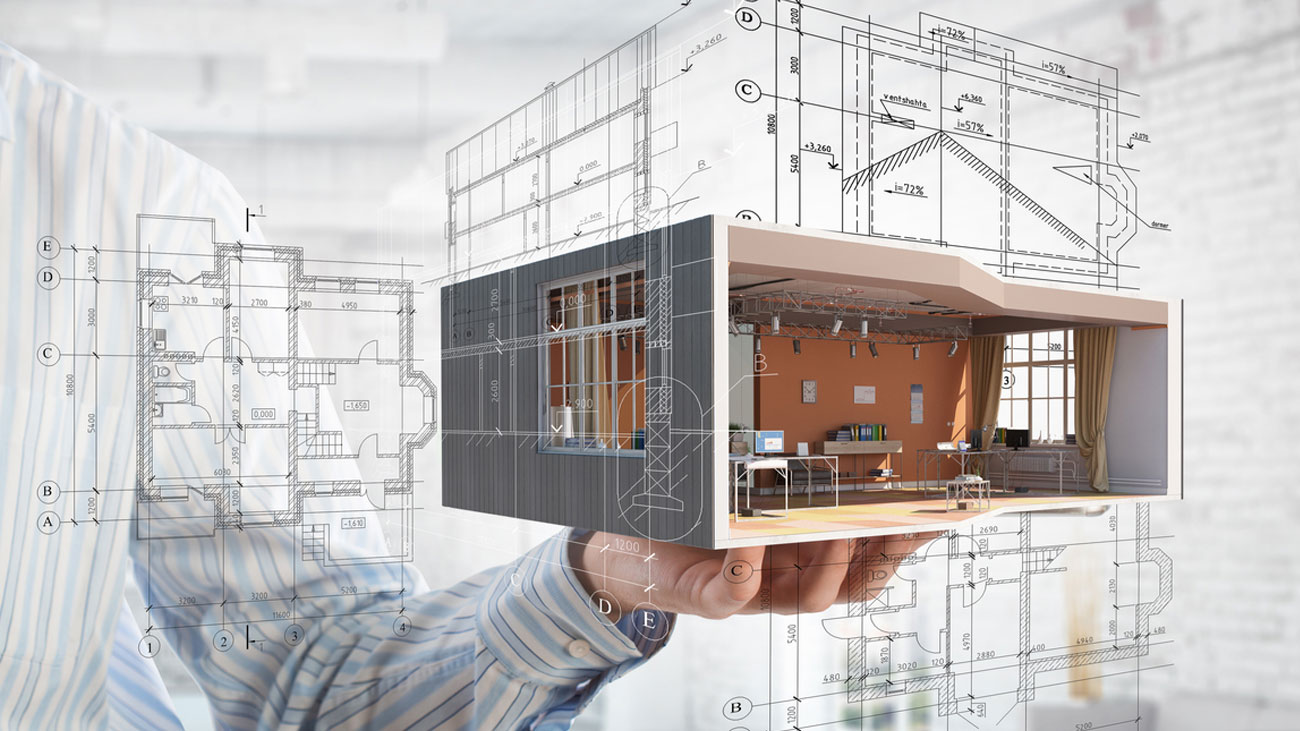

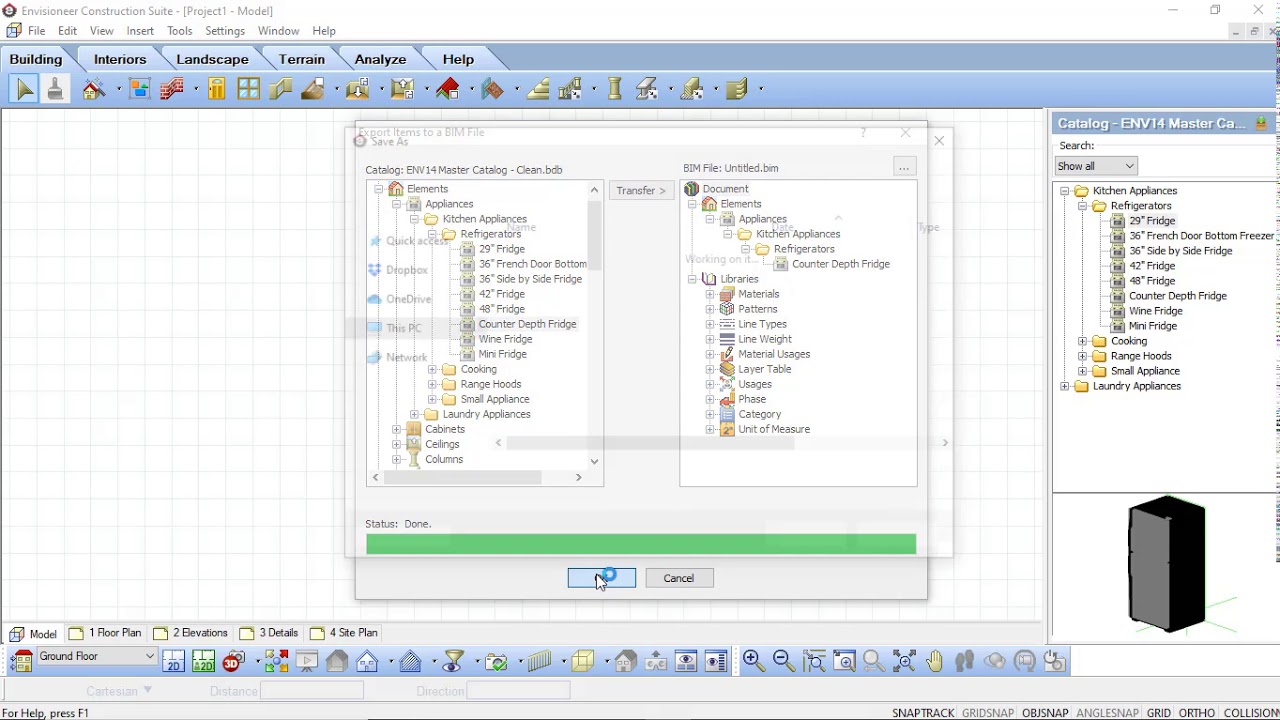
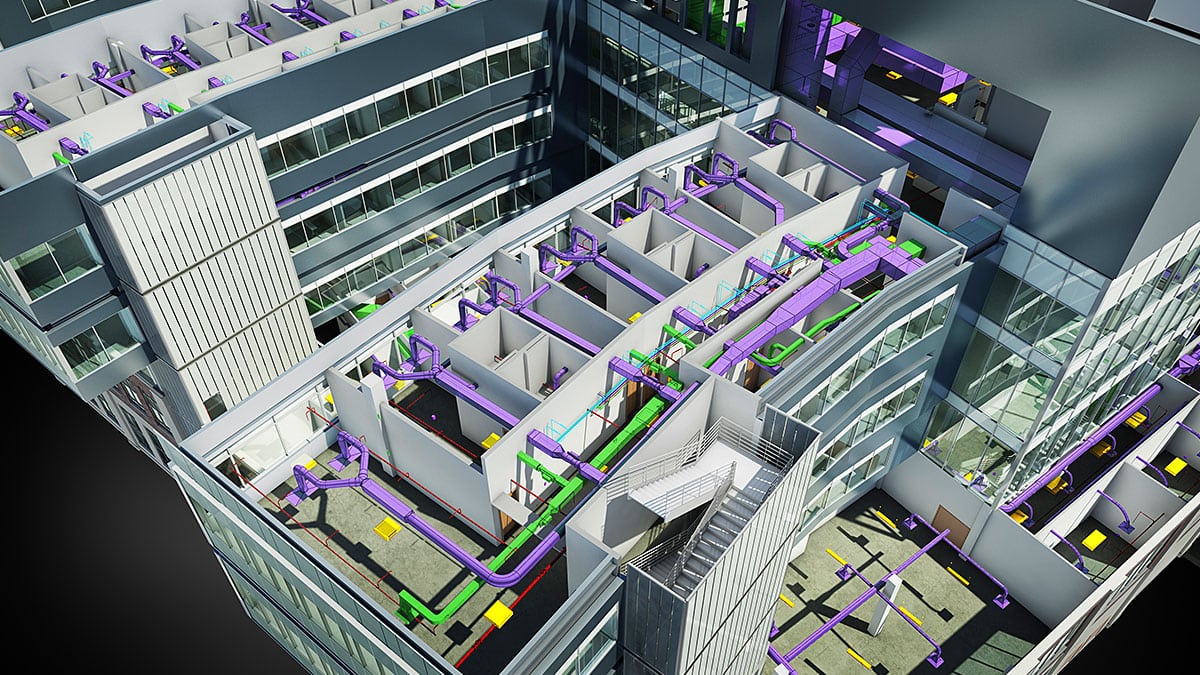
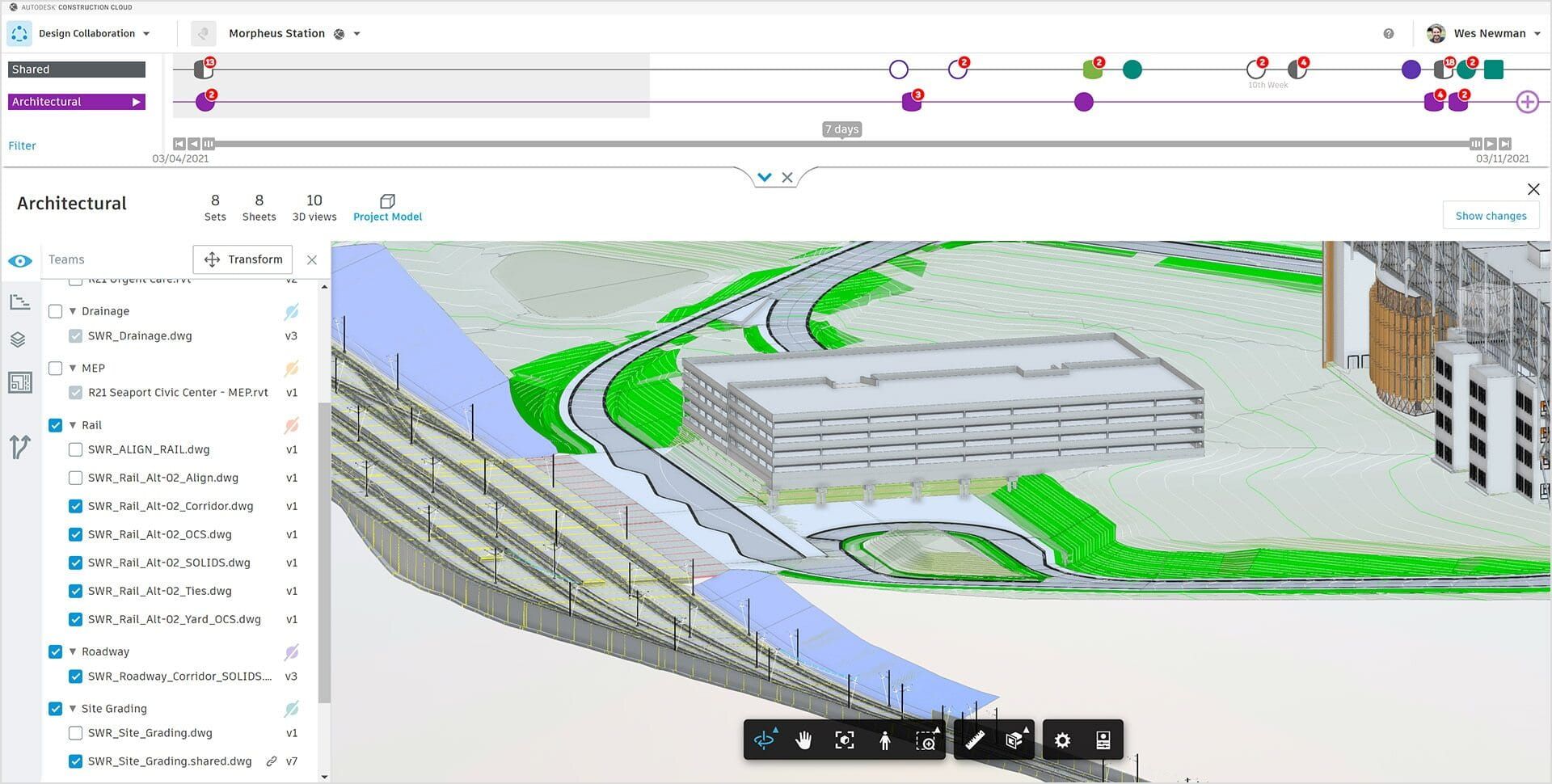

0 thoughts on “How To Become A BIM Technician”